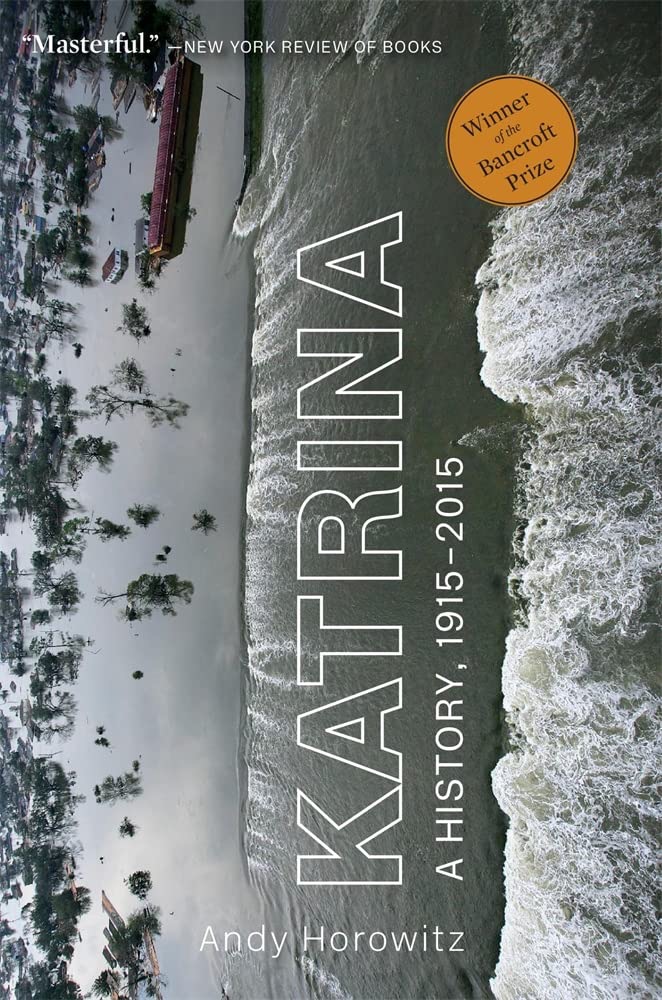Seventeen days after Hurricane Katrina breached Louisiana’s flood levees, President George W. Bush delivered an address from Jackson Square, in the French Quarter of New Orleans. “In the aftermath,” Bush said, “we have seen fellow citizens left stunned and uprooted … looking for meaning in a tragedy that seems so blind and random.” Many Americans, New Orleanians and outside observers alike, were not stunned. To them, the devastation that followed the storm, especially for the city’s most vulnerable and marginalized residents, seemed in many ways perfectly predictable.
“Storms, of all sorts, were facts of our lives,” writes Sarah M. Broom in her 2019 memoir, The Yellow House, about growing up in majority-Black and -poor New Orleans East. “Those images shown on the news of fellow citizens drowned, abandoned, and calling for help were not news to us, but still further evidence of what we long ago knew.”1 Five years before Katrina, the historian Ted Steinberg warned that unregulated development on the Gulf Coast, coupled with disinvestment from federal relief programs, had put the city at great risk of flooding. That a disaster like Katrina would strike, and that its impact would fall disproportionately on the residents the city had long neglected, seemed all but inevitable.
Natural disasters are also social disasters. Social decisions—how we design cities, how we invest money, how we distribute resources—help determine where and whom disaster strikes. But disasters are also social in the sense that humans—not God, or nature, or fate—give them meaning and significance. We decide, in the stories we tell about storms, when disasters begin, when they end, and what makes them distinct from apparently nondisastrous events. Too often, these stories sever storms from their contexts—marking them, as Bush’s speech did, as tragic aberrations.
This disjuncture—between disasters’ social origins, on the one hand, and the persistence of popular narratives, like Bush’s, that attribute those disasters to mysterious or nonhuman forces, on the other—is illustrated in three recent books.
Hurricane Katrina, for example, has historical roots that run a century deep. As Andy Horowitz shows in his book, Katrina: A History, 1915–2015, the devastation caused by the storm resulted in large part from a long cycle of profit seeking and uneven redistribution that began even before the implementation of the neoliberal policies that Steinberg denounced. Those perpetuating such a deadly cycle, Horowitz makes clear, depended on exploiting natural resources and ignoring natural vulnerabilities.
Horowitz disrupts the narrative of disaster as exception. But more often, the stories we tell about storms prevent us from examining the social structures underpinning them. Those stories draw on sources that are both theological, like the Christian beliefs examined in Peter Thuesen’s Tornado God: American Religion and Violent Weather, and secular, like the mass media explored in Susan Scott Parrish’s The Flood Year 1927: A Cultural History.
When storms challenge our worldviews, these books suggest, we often seek out narratives that reaffirm old orders under threat. If interpreted as tragic aberrations, disasters only facilitate the reestablishment of unequal structures.


